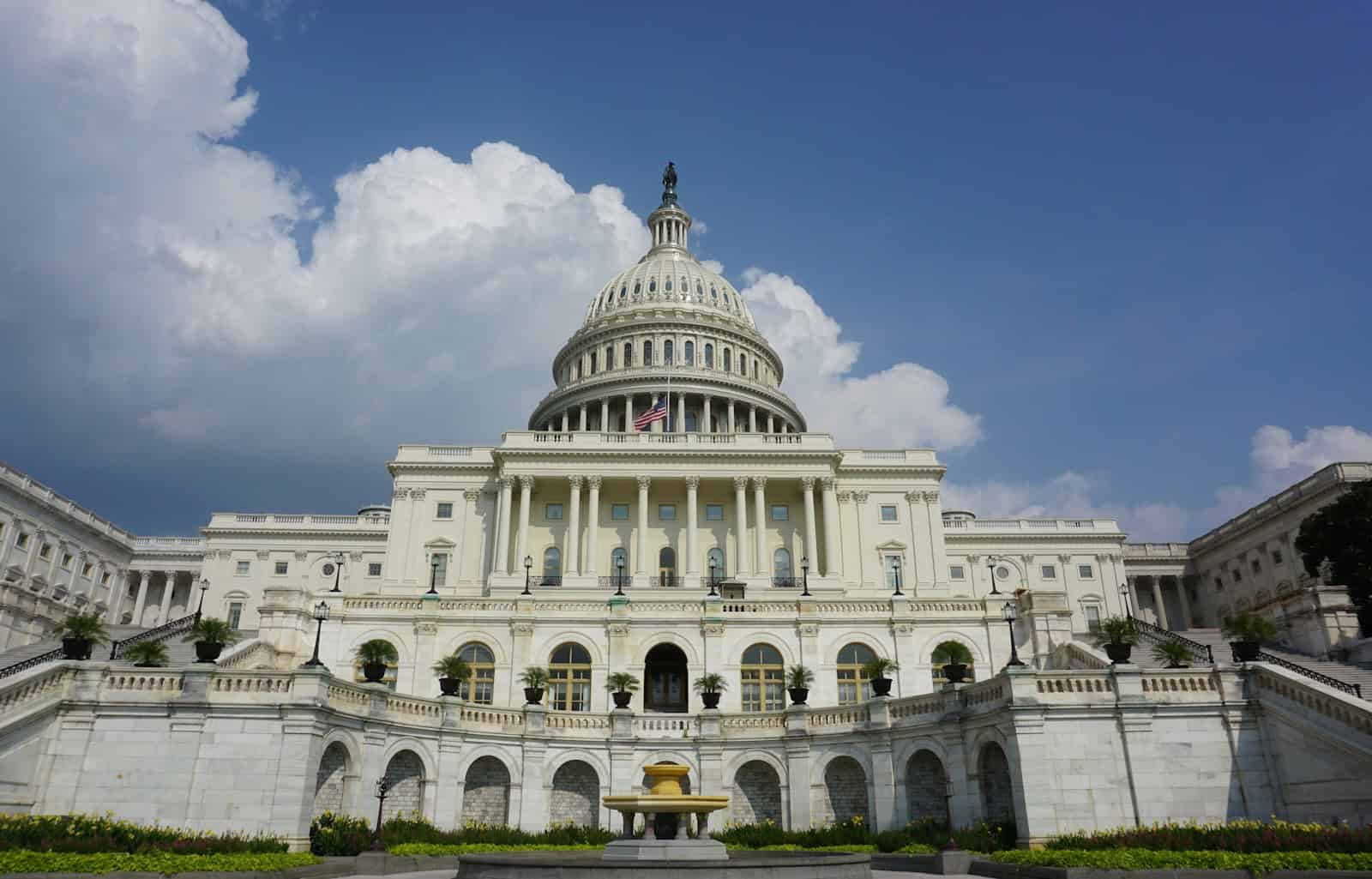The Take It Down Act (S.4569), recently passed by Congress and awaiting President Trump’s signature, is a groundbreaking piece of legislation designed to combat the rise of non-consensual intimate imagery—both real and AI-generated. In an age where deepfake technology and revenge porn can ruin lives with a single upload, this law marks a major shift in how the U.S. government addresses digital abuse and online exploitation.
Why the Take It Down Act Matters Now
The internet has made it easier than ever to share content—but also to abuse it. The rise of sophisticated AI tools means intimate images can be faked or manipulated and spread in seconds. The Take It Down Act responds to a growing wave of public concern about privacy invasions, especially among teens, women, and marginalized communities.
The law aims to give people a path to reclaim their dignity and privacy by forcing tech platforms to act swiftly when non-consensual content is reported. It also introduces real consequences for perpetrators, finally closing a long-standing legal loophole in federal law.
Key Provisions of the Law
📸 Criminalization of Non-Consensual Intimate Imagery
It is now a federal crime to knowingly post or threaten to post intimate content—real or deepfaked—without the subject’s consent. This includes altered images made to look explicit using AI, even if the original photos were innocent. Offenders face fines, prison time, or both, depending on the severity and whether a minor is involved.
⏱ Mandatory 48-Hour Takedown Rule
Platforms like Instagram, Reddit, and X (formerly Twitter) must remove reported content within 48 hours of receiving a complaint. They are also required to take “reasonable steps” to prevent the same image from reappearing elsewhere on their service.
⚖️ Enforcement by the FTC
The Federal Trade Commission will monitor compliance and penalize companies that fail to act. The law uses existing FTC authority under deceptive trade practices to bring enforcement actions—a clever legal route that avoids creating a new agency or bureaucracy.
A Bipartisan Push With Broad Support
The bill was co-authored by Senator Amy Klobuchar (D-MN) and Senator Ted Cruz (R-TX), and is backed by a coalition that crosses party lines. First Lady Melania Trump’s support, under her “Be Best” initiative, helped shine a spotlight on its importance.
Advocacy from tech companies like Meta, Snap, and Google, along with survivor stories—such as that of 14-year-old Elliston Berry, who was victimized by deepfake imagery—gave the bill both emotional and political momentum.
Critics Say the Bill Goes Too Far—or Not Far Enough
While the law is widely praised for protecting victims, it’s not without controversy:
- Overly Broad Definitions: Civil liberties advocates argue the language could lead to unintended censorship. For example, AI-generated art, satire, or activist imagery could be flagged under the same standards.
- Risk of Over-Censorship: The 48-hour deadline could push platforms to remove content without proper investigation, potentially silencing legitimate speech in a rush to comply.
- Enforcement Concerns: The FTC’s limited resources have some wondering whether the agency can handle an influx of takedown demands and investigations.
What This Means for Platforms, Creators, and Users
For content creators, the bill may mean being more cautious when using AI tools or reposting sensitive material. For platforms, it introduces legal obligations to moderate more aggressively and to improve their reporting tools. And for everyday users, it provides new power to take control of their image and fight back against abuse.
Expect major platforms to roll out updated community guidelines, AI-detection features, and easier reporting interfaces in the coming months. We may also see a rise in lawsuits and legal precedent as the law is tested in real-world cases.
The Take It Down Act is not just about removing harmful images—it’s about reshaping the digital world into one that respects consent and accountability. As deepfake tech evolves and online abuse becomes more sophisticated, this law may be the first of many efforts to redraw the boundaries of privacy and protection in the internet age.
Key Takeaways
- The TAKE IT DOWN Act targets nonconsensual intimate images online.
- It brings new penalties for sharing private images without consent.
- The act aims to improve digital safety and privacy.
Overview of the Take It Down Act
The Take It Down Act addresses the issue of nonconsensual intimate imagery online, including both real and fake images. The law outlines specific responsibilities for online platforms and aims to protect victims’ privacy.
Legislative Background and Bipartisan Support
Lawmakers in the US House of Representatives introduced the Take It Down Act in 2025. The bill received bipartisan support, drawing interest from both Democratic and Republican members.
Sponsors built the bill around the growing need to stop sharing of explicit images without consent. This includes images created with computers, known as deepfakes. Melania Trump voiced support for stronger protections, which helped raise awareness as the bill moved toward a vote.
The House passed the Take It Down Act after debate. Both parties agreed that federal action was needed for a clear legal response. The bill now heads to former President Trump for consideration. More information on the passage can be found in this summary.
Scope and Definitions
The bill focuses on stopping the nonconsensual posting of intimate images online. This includes both authentic photos and those made using artificial intelligence. It specifically covers “revenge porn,” explicit deepfakes, and images created without the subject’s agreement.
Key definitions are provided in the law so that platforms and the public know what types of material are included. The law uses the term “Nonconsensual Intimate Imagery” (NCII) to cover the full range of content protected under the Act. Platforms must remove these materials or face legal risks if victims file complaints.
The legislation requires that online platforms act quickly when notified. Definitions and requirements apply across websites, social media, and other digital services.
Impacted Parties and Stakeholders
Online platforms, including social media companies and private websites, must follow new rules under the Act. They are required to remove flagged images and videos, whether created through AI or traditional means, when someone files a valid complaint.
Victims of image abuse are key stakeholders. They receive clearer, faster options to get harmful content removed. Regulators and law enforcement also become directly involved in holding companies accountable if they fail to act.
Tech companies must adjust their systems to detect and manage flagged images. This may include building tools or updating policies to follow the Act. The general public benefits from added privacy and security against misuse or abuse online. Stakeholders can learn about the requirements in more detail at AITogether.
Implications for Privacy, Digital Rights, and Safety
The Take It Down Act aims to tackle problems linked to the spread of deepfakes, nonconsensual intimate content, and the enforcement role of federal authorities. Each point impacts privacy rights, safety protections, and the boundaries of digital freedom.
Addressing Deepfakes and Fake Images
The law targets the posting and sharing of deepfakes and fake images without consent. Deepfakes often involve AI-created images or videos that look real but are not. These can cause real harm when shared online, especially if they involve nudity or explicit acts.
The bill specifically seeks to curb the use of deepfake pornography and computer-generated nonconsensual content. It holds people accountable if they distribute these materials. It also directs online platforms to act faster to remove reported fake images.
This brings up debate about privacy versus free speech. Some groups warn that parts of the law could limit protected expression and set up risks for bad faith reports. Yet, supporters argue that the focus is on preventing real harm from deceptive digital content.
Nonconsensual Intimate Imagery and Revenge Pornography
The core purpose of the act is to criminalize the posting of nonconsensual intimate imagery (NCII), also called revenge pornography. This includes any explicit photos or videos shared without the subject’s approval, whether they are real or computer-generated.
Such images can ruin reputations, careers, and even safety. The bill targets both those who originally distribute the material and those who help spread it. Nonconsensual intimate images often end up on public platforms, making quick action essential.
The law also puts more responsibility on social media companies. They must respond to takedown requests and report violations. These requirements aim to limit the damage to people’s privacy and help victims regain control.
Role of the Federal Trade Commission
The Federal Trade Commission (FTC) gets new powers under the Take It Down Act. Its job is to monitor and enforce takedown rules and penalties against platforms that fail to remove banned content.
The FTC acts as an oversight body, handling complaints and setting standards for platforms. It can issue fines or take legal action if companies do not comply. This creates a clear legal path for victims who might otherwise struggle to get a response from large tech companies.
However, some groups have expressed concerns that giving the FTC broad authority could threaten digital rights and free expression. They caution that without solid safeguards, excessive reporting or removal could affect lawful content. For detail on these concerns, see analysis here.
Frequently Asked Questions
The Take it Down Act targets the fast removal of nonconsensual intimate images and makes online platforms more accountable. The law also raises concerns about privacy, free speech, and how tech companies respond to new rules.
What does the Take it Down Act aim to address?
The Take it Down Act aims to force online services to remove nonconsensual intimate imagery. This includes explicit deepfakes and revenge porn. The goal is to support victims by enabling them to request removal more easily.
How does the Take it Down Act impact online content and user privacy?
The law pushes platforms to quickly take down flagged content, sometimes within 48 hours. It may also require active monitoring, which could increase the risk of private messages or encrypted chats being checked. Privacy groups argue this could reduce user privacy and change how content moderation works. For details, see the EFF’s coverage of the Act’s privacy and monitoring issues.
What are the major provisions outlined in the Take it Down Act?
Key rules require platforms to remove offending images within specific timeframes once they get a takedown request. The law covers both real and digitally-created explicit images. It sets up a notice system victims can use to start the removal process. Review the summary of the act’s main requirements for further information.
How does the Take it Down Act differ from previous legislation related to online content regulation?
Previous laws focused on traditional revenge porn or NCII (nonconsensual intimate imagery). The Take it Down Act expands coverage to include synthetic media, such as sexually explicit deepfakes. It also sets stricter timelines for removing content, making platforms act faster than before.
What has been the response of technology companies to the Take it Down Act?
Technology companies have raised concerns about the technical and legal challenges of compliance. Many say that monitoring and removing such content, especially at the speed required, is hard. Some companies worry that the law could force them to scan private communications, raising privacy issues.
What implications does the Take it Down Act have for freedom of speech on the internet?
Advocacy groups argue that requiring active content monitoring can lead to over-censorship. Platforms might remove lawful content to avoid liability. This raises new questions about how free speech and privacy will be affected by this law. Some experts warn that the balance between protecting victims and protecting speech is shifting.







